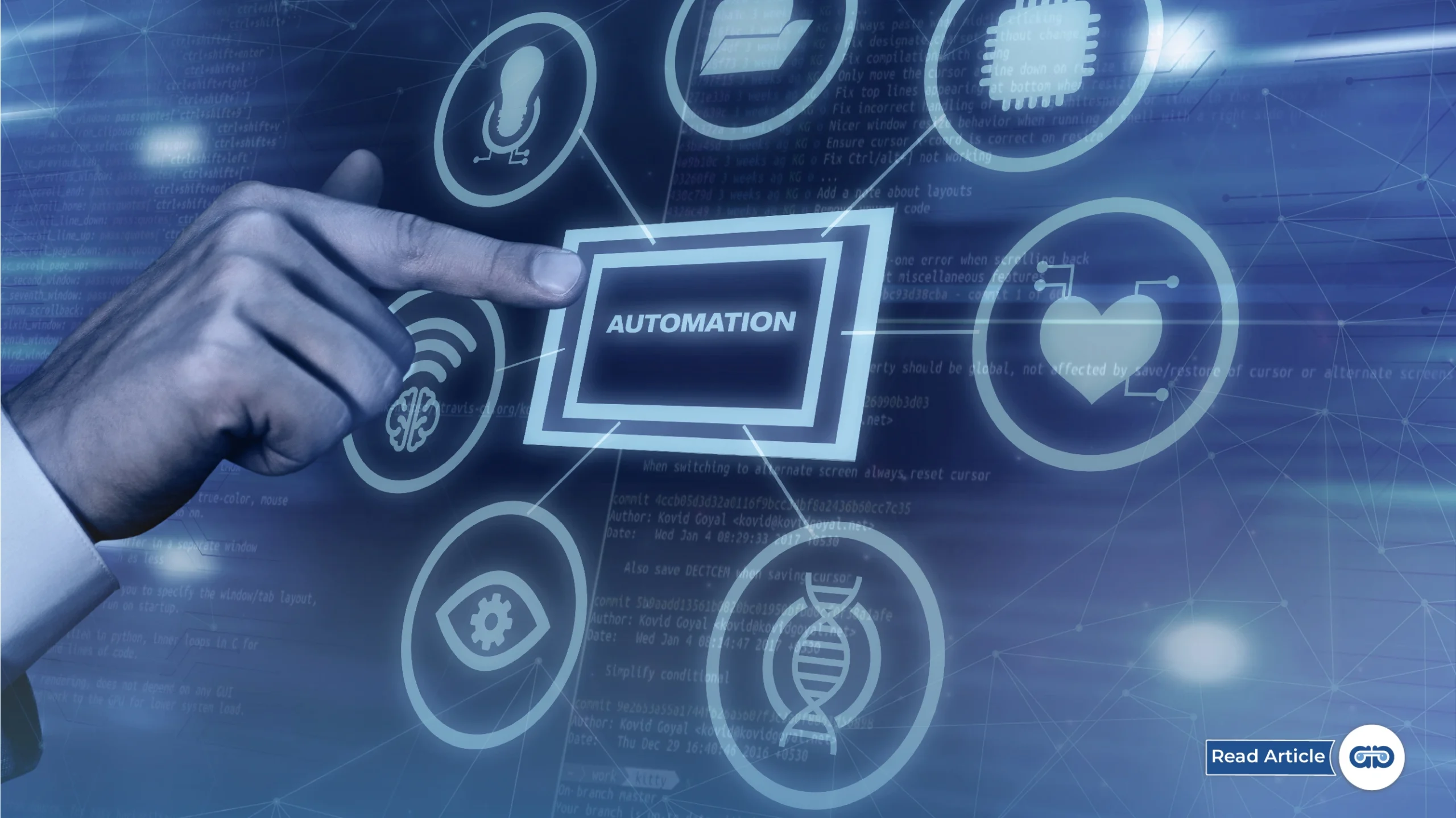Customer retention matters a lot when it comes to long-term business success. As competition intensifies across industries, companies are recognizing the increasing need to proactively reduce churn. Churn means the loss of customers or clients. Traditional churn management often relies on historical data or reactive strategies, which can be too late to stop a customer from leaving. However, you can gain advantages by relying on automation. Using AI and machine learning to identify early churn signals, businesses can intervene faster, personalize responses, and ultimately retain more customers.
Churn and Its Impact
Churn can be voluntary when a customer actively decides to stop using a product or service, or involuntary, caused by failed payments, expired subscriptions, etc. Regardless of the type, the financial implications are severe. Acquiring a new customer can cost five times more than retaining an existing one, and even a small increase in retention rates can significantly boost profits.
Detecting churn early means recognizing warning signs before customers disengage completely. This includes behavioral patterns such as reduced product usage, fewer logins, negative feedback, slow response to communication, or repeated support queries.
How Automation Helps Detect Early Churn Signals
Monitoring Behavioral Data at Scale
Automation tools can continuously track behavioral data from multiple customer touchpoints like web activity, product usage, email open rates, mobile app interactions, and support tickets. Machine learning algorithms analyze this data in real-time to detect anomalies or negative trends.
For instance, a SaaS company might notice that a user who previously logged in daily has reduced their logins to once a week. Automated systems flag this as a potential churn risk and alert the customer success team for immediate follow-up.
Sentiment Analysis on Customer Interactions
Modern automation platforms use Natural Language Processing (NLP) to analyze the sentiment behind customer communications via emails, chats, call transcripts, or social media comments. Negative or neutral sentiment over time may indicate growing dissatisfaction.
For example, a customer who initially used enthusiastic language but has shifted to more neutral or critical feedback is showing a potential churn signal. Sentiment analysis helps companies quantify this shift and take proactive measures before it’s too late.
Intelligent Support Ticket Analysis
Customer support tickets can be a goldmine of churn indicators. Frequent complaints, long resolution times, or repeated issues suggest dissatisfaction. Automated systems can cluster similar complaints, identify high-risk patterns, and prioritize escalations.
Automation, for instance, can tag conversations with churn-related signals, such as mentions of switching to a competitor or repeated negative experiences, without manual QA review. These tagged interactions trigger alerts to CX managers for intervention.
Predictive Churn Modeling
Automation enables predictive analytics by leveraging historical data to forecast future churn. Machine learning models consider thousands of variables, like customer lifetime value, engagement levels, support history, purchase frequency, contract status, and assign a churn risk score to each customer.
These scores help companies segment their customer base and focus retention strategies on high-risk accounts. Predictive models evolve continuously, learning from new data to improve accuracy over time.
Automated Surveys and Feedback Loops
Post-interaction surveys, NPS (Net Promoter Score), and CSAT (Customer Satisfaction Score) feedback offer valuable insights. Automation not only triggers these surveys at optimal times but also analyzes the results to detect declining satisfaction.
If a loyal customer’s NPS drops suddenly, the system flags this as an early churn signal. Automation can even trigger workflows, like assigning a retention specialist or offering a personalized incentive, to re-engage the customer.
Fast and Targeted Interventions
Identifying churn signals is only half the battle. What sets automation apart is its ability to orchestrate rapid responses based on those signals:
This level of precision reduces manual effort and ensures no at-risk customer falls through the cracks.
Benefits of Early Churn Detection Through Automation
Spotting churn risks early with automation empowers businesses to act before it’s too late, improving retention, optimizing costs, and elevating the overall customer experience.
Increased Customer Retention: By identifying signs of dissatisfaction early, such as reduced engagement, missed logins, or negative feedback, automated systems allow businesses to intervene before customers churn. This proactive approach helps improve retention rates and increases customer lifetime value.
Cost Efficiency: Automation minimizes the reliance on large customer success or support teams to manually monitor accounts. Instead, AI tools continuously analyze user behavior, flagging at-risk customers without the overhead of manual effort, freeing teams to focus on high-impact actions.
Scalability: Whether you’re supporting a few thousand users or millions, automated churn detection systems scale effortlessly. They can process large volumes of data in real-time, monitoring churn risk across your entire customer base without sacrificing performance or accuracy.
Enhanced Customer Experience: Early detection enables companies to deliver timely, relevant, and personalized outreach, turning potential churn moments into opportunities for deeper engagement. Customers feel heard, valued, and supported, strengthening brand loyalty.
Continuous Improvement: Automated systems often leverage machine learning, which means they get smarter over time. As more customer interactions are analyzed, the accuracy of churn predictions improves, allowing businesses to adapt strategies and stay ahead of emerging dissatisfaction trends.
Final Thoughts
Customer churn can no longer be addressed reactively. Businesses must identify risks early and act decisively, and automation makes this possible at scale. By leveraging technologies like behavioral analytics, sentiment analysis, predictive modeling, and automated engagement workflows, companies can proactively detect early churn signals and intervene faster than ever before.

